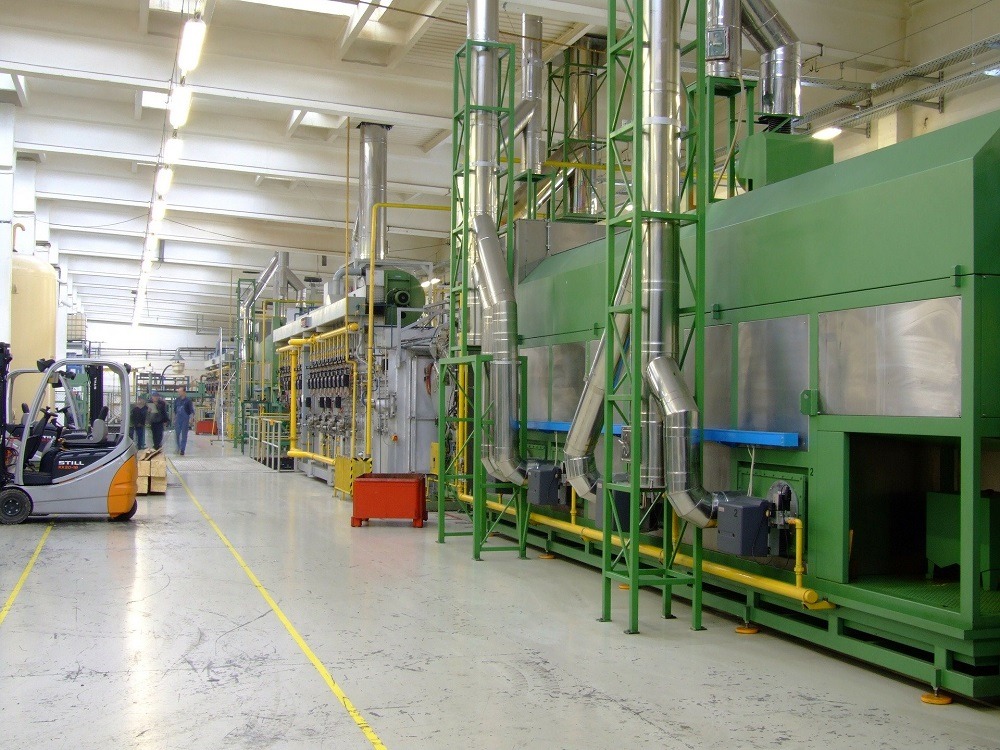Air compression company Direct Air estimates that Propercorn’s peanut butter and almond product has 71% of air in each bag

The UK is said to produce between 12,000 and 15,000 metric tonnes of bagged popcorn a year (Credit: Pixabay)
The UK is said to produce between 12,000 and 15,000 metric tonnes of bagged popcorn a year. Emma Dolby, marketing manager at air compression company Direct Air, investigates whether manufacturers use excessive packaging for these tasty treats.
The food industry has been thrown under the spotlight for its use of excess packaging.
Non-recyclable wrapping and excess plastics are being scrutinised by both the media and the public, and the realisation of the environmental impact has become apparent over the years.
The crisp sector has been under increasing pressure to make a change as the majority of these snacks are not provided in recyclable packaging – and with 90% of adults in the UK regularly consuming these, it’s no wonder there is a public outcry for this to shift.
However, one of the UK’s favourite snacks has managed to escape the net when it comes to this public outrage.

With its focus on being the alternative “healthier” snack, popcorn is steadily becoming a national culprit for refusing to make a change to a more environmentally-friendly alternative to packaging.
Do popcorn manufacturers have too much air in their packaging?
Direct Air has conducted a study into the excess “air” used within the popcorn industry.
Not only is this a waste of excess plastic materials, but also leaving consumers feeling short-changed after their purchase.
A lack of consistency among brands makes it almost impossible for consumers to determine exactly how much they are actually paying for and if they are getting value for their money.
Air, typically nitrogen, is used within the food industry to preserve products and is essential for ensuring consumers receive a high-quality product with a longer shelf life.
However, some brands appear to be using an unnecessarily high amount of air.
Direct Air took the most popular high street brands and flavours of popcorn and put them to the “air-to-popcorn” ratio test.
Propercorn’s peanut butter and almond product was the worst contender, with a staggering 71% of air in each bag.
The best value for money was Marks & Spencer’s salted caramel popcorn, with a respectable 31%.

The full results are as follows:
- Propercorn peanut butter and almond – 71%
- Nude sweet and salty – 62%
- Nude simply salted – 62%
- Tyrrell’s sweet – 57%
- Metcalfe’s toffee apple – 55%
- Tyrrell’s sea salted – 55%
- Tesco salted – 55%
- Marks & Spencer salted – 55%
- Metcalfe’s sweet ‘n’ salt – 54%
- Propercorn perfectly sweet – 54%
- Waitrose sea salty – 53%
- Waitrose sweet and salty – 53%
- Tesco sweet and salty – 52%
- Butterkist cinema sweet – 48%
- Butterkist toffee – 44%
- Marks & Spencer salted caramel – 31%
On average, bags of popcorn contain 54% air, which leads to an average of 86p of every £1.58 spend on popcorn is being spent on air.
While these industries may not change as many will argue the weight of popcorn is stated on the packaging, why are they not making the change to reduce their packing for the sake of our overflowing landfills?
Popcorn manufacturers shouldn’t be able to ‘slip the net’ in packaging
It’s predicted that this form of packing can take up to eight decades to decompose, considering these products are consumed at a fast pace, it seems to be an abhorrent amount of time for these to breakdown.
Popcorn bags, known as “pillow packs”, don’t just provide a way to keep products fresh but also provides protection during transit.
Consumers don’t want to be met with crushed products upon opening their favourite snacks, so it appears little can be done soon to change the style of packaging.
We can consider that some of these brands have been able to achieve a quality product with as little as 31% air, why are the worst offenders unable to produce the same? More air equates to larger packing, and more materials wasted and thrown away.

The popcorn industry should not feel they can “slip the net” when it comes to eco-friendly packaging.
More manufacturers are attempting to become eco-conscious and provide alternatives to traditional packaging.
Greatergood Design founder and creative director Daniel Hinde said: “I think there are some really interesting things happening within closed-loop, renewable and refillable packaging.
“Packaging is also available now, especially for things like snack bars that can be completely composted and decompose down like a fruit peel.
“Edible food packaging is also something I have heard we will be seeing an introduction of.
“We also have a lot of natural material packaging being developed that again can be composted and breaks down in a suitable environment.
“Particularly within food and drink, these kinds of solutions have to be taken into consideration on a per-product basis, as what works well for one product might not necessarily work well for another.”
